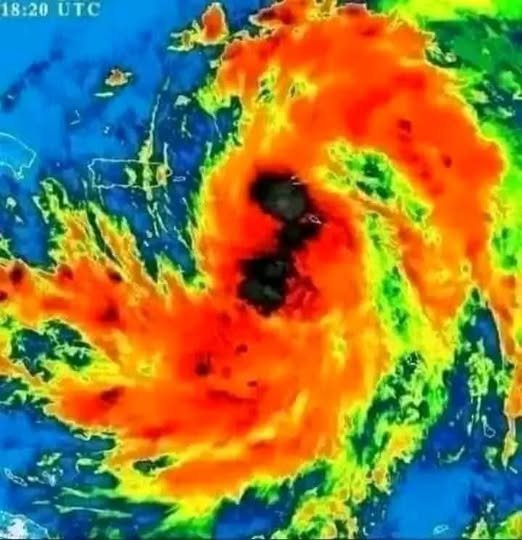Large Hurricane Category Forming: A Potential Threat
As meteorologists track weather patterns in the Atlantic and Pacific Oceans, reports indicate that a large hurricane of major category is forming. This storm, which is gaining strength rapidly, has the potential to become one of the most powerful hurricanes of the season. Authorities and residents in coastal areas are being urged to stay alert as the situation develops.
Understanding Hurricane Categories
Hurricanes are classified using the Saffir-Simpson Hurricane Wind Scale, which ranks them from Category 1 to Category 5 based on their sustained wind speeds:
- Category 1 (74-95 mph): Minimal damage, strong winds, and heavy rain.
- Category 2 (96-110 mph): Moderate damage, power outages, and flooding.
- Category 3 (111-129 mph): Extensive damage, roof failures, and major coastal flooding.
- Category 4 (130-156 mph): Catastrophic damage, severe flooding, and structural failures.
- Category 5 (157+ mph): Total devastation, collapsed buildings, and long-term power outages.
The forming hurricane is currently strengthening, and experts predict it could reach Category 4 or 5, making it a major hurricane capable of significant destruction.
Current Meteorological Updates
Satellite imagery and weather models show that the storm system is developing rapidly over warm ocean waters, which provide the energy needed for intensification. Low wind shear and high sea surface temperatures are favorable conditions that can cause the storm to strengthen further.
As the hurricane moves westward, it is expected to impact coastal cities, island nations, and inland regions with torrential rainfall, strong winds, and storm surges. The exact path remains uncertain, but tracking models suggest that landfall is likely within the next few days.
Potential Impact on Affected Areas
If the hurricane reaches major category status before making landfall, it could bring destruction similar to past catastrophic storms like Hurricane Katrina (2005) and Hurricane Irma (2017). The biggest threats include:
- Storm Surge Flooding: Low-lying coastal areas could be submerged, causing extensive property damage and loss of life.
- Wind Damage: Roofs could be ripped off, power lines knocked down, and trees uprooted.
- Heavy Rainfall: Flooding and landslides could occur, leading to displacement and infrastructure collapse.
- Tornadoes: Hurricanes often spawn tornadoes, which add to the destruction.
Emergency Preparations
Government agencies and disaster response teams are urging residents in hurricane-prone areas to take immediate precautions:
- Stock Up on Essentials: Food, water, batteries, and medical supplies should be gathered in advance.
- Secure Property: Reinforcing windows and doors can help minimize damage.
- Evacuation Plans: Authorities may issue mandatory evacuations for high-risk areas.
Conclusion
A large and powerful hurricane is forming, posing a serious threat to millions. While meteorologists continue to monitor its path, residents in the projected impact zones must stay informed, prepare early, and follow official instructions to ensure safety. As the storm strengthens, vigilance and readiness will be crucial in mitigating potential disaster.


